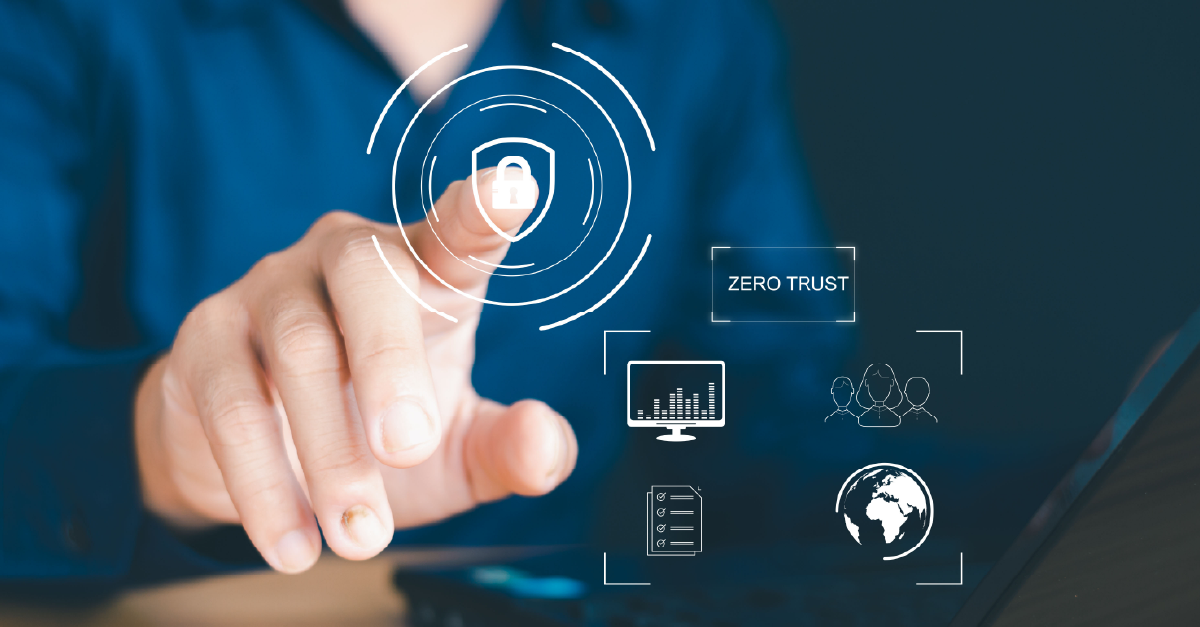#{ item.name }
#{ truncateText(item.metadescription) }
Intragen Newsroom
28 May 2021
/3 min read

Identity is the new perimeter - we have been hearing this for a while but what does it really mean? Perimeter-based security approaches have become something of the past now that cloud computing and remote working are the norm for many organisations. The user being inside or outside the corporate network is no longer a fail-proof method of authentication (AuthN) and authorisation (AuthZ). Zero Trust is a concept built around the idea of assuming an omnipresence of threats inside and outside the network and hence every identity is authenticated and authorised through adaptive control measures and policies.
There are new cyber-attacks every day now (Colonial Pipeline and the Irish healthcare system, to name a couple of recent features), as threats become more sophisticated and pervasive and businesses are not taking the initiative to change their security. It falls to the question of how to change, especially with so many (expensive) divergent routes to strengthen security measures.
Zero Trust is perhaps a misleading term. Focussing on the lack of trust takes away from what the benefit of Zero Trust is: establishing not only who the user is, but also the context in which they want to access the data. This can mean verifying the tools or device they are using and how secure they are, and whether they are authorised to access the data. 'Forever AuthN/Z' may have been a more constructive name but maybe not so catchy…
Achieving Zero Trust for your organisation is a journey rather than a destination, but a journey that you should embark as part of your risk management strategy to avoid being the next organisation hitting the headlines. Zero Trust is not the same as Identity and Access Management (although it has a part to play) and is not a turnkey solution: you cannot buy it and there are several building blocks, including:
As with traditional IAM, you need to understand the challenges that will take place for everyone in the organisation to ensure adaptability and scalability for the solutions and policies in place. Here are three core challenges of Zero Trust that organisations commonly face:
The challenges of Zero Trust exist primarily as a result of the ever-changing digital landscape and ubiquity of threats. This is hence also why the Zero Trust model is increasingly prevalent and favourable for modern enterprises. For more information about Zero Trust and to start a conversation with one of our expert team about your organisation, get in touch today by filling in our contact form and let us help you build a realistic Zero Trust maturity model for your journey. A member of our team will respond to you as soon as possible.
#{ truncateText(item.metadescription) }
#{ item.author_name }
#{ item.date }
/#{ item.readtime } min read